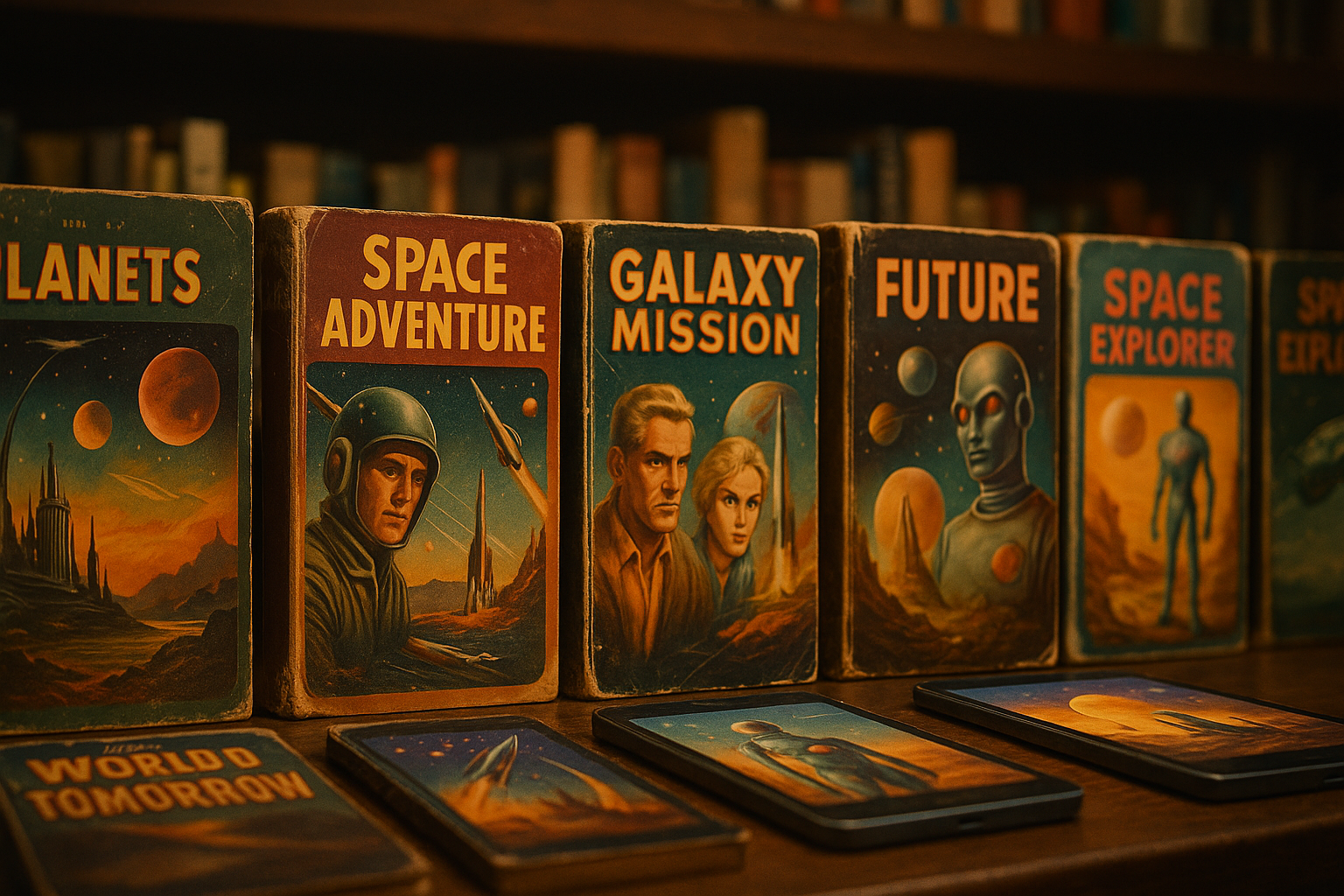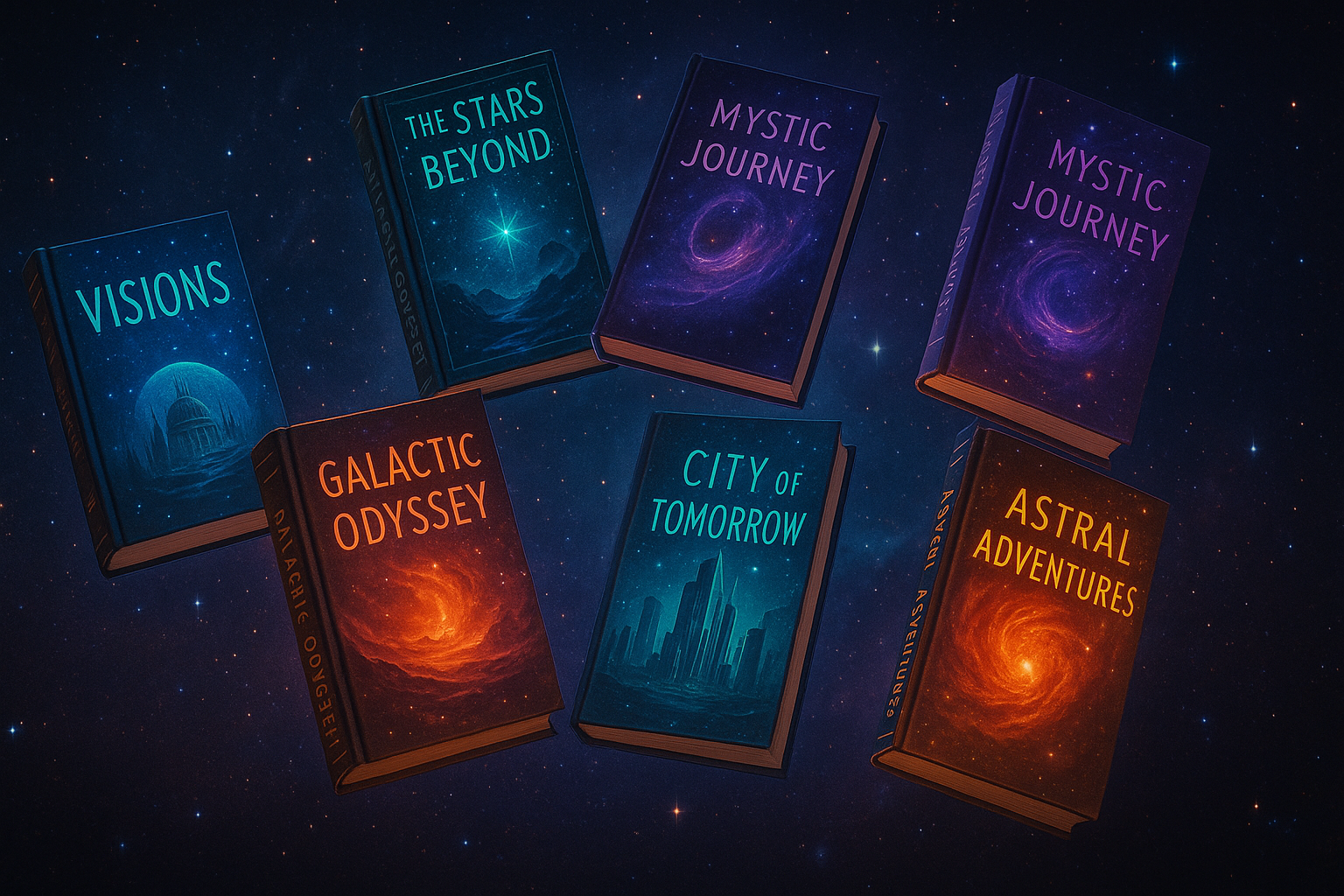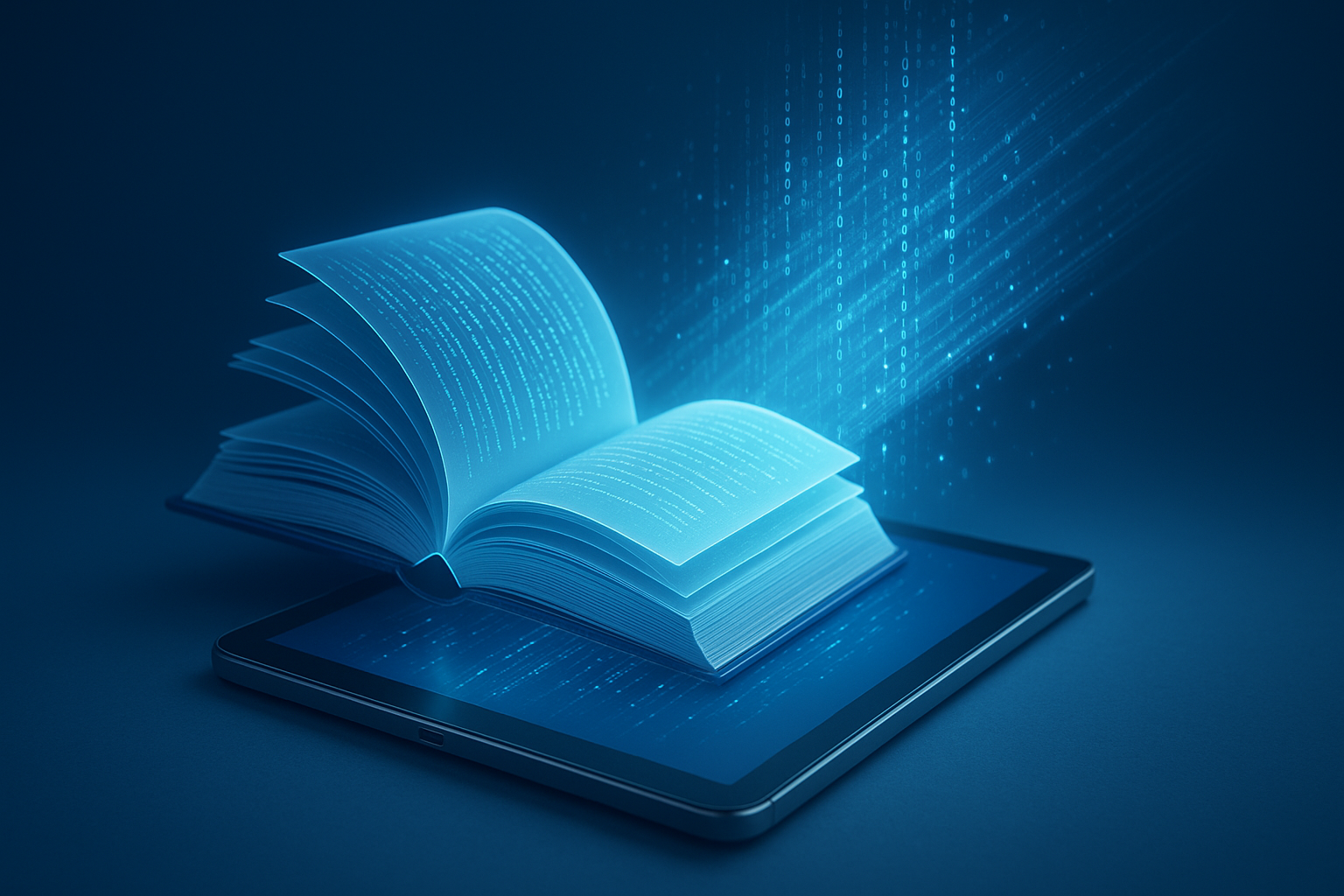
The visionary authors who saw tomorrow in yesterday's imagination.
Science fiction has always been more than entertainment—it's been a laboratory for exploring possible futures. Looking back at the classics, it's remarkable how many authors accurately predicted technologies and social changes that seemed impossible at the time. From satellites to smartphones, from global networks to genetic engineering, science fiction writers have consistently anticipated the shape of things to come.
These prescient works didn't just guess lucky—they understood the underlying principles of technological and social development. By examining the classics that got it right, we can better understand both our present and the futures being imagined today.
George Orwell's "1984" (1949)
What Orwell Predicted:
- Ubiquitous surveillance cameras
- Government monitoring of communications
- Algorithmic content manipulation
- Two-way television screens
- Thought policing through social pressure
Today's Reality:
- CCTV networks and facial recognition
- NSA surveillance programs
- Social media algorithm manipulation
- Smart TVs and video calls
- Cancel culture and online mob justice
Orwell's vision of totalitarian surveillance has proven remarkably accurate, though the mechanisms have evolved. Instead of Big Brother watching us, we've willingly invited surveillance into our homes through smart devices and social media.
Arthur C. Clarke's Satellite Predictions
In 1945, Clarke published a technical paper proposing geostationary satellites for global communications—12 years before Sputnik and 20 years before the first commercial satellite. His "2001: A Space Odyssey" (1968) further predicted:
Clarke's Vision:
- Tablet computers with video calls
- Voice-controlled computers
- Space stations and lunar bases
- Artificial intelligence
- Global satellite networks
Modern Equivalents:
- iPads and video conferencing
- Alexa, Siri, and voice assistants
- International Space Station
- Modern AI and machine learning
- GPS and communication satellites
William Gibson's "Neuromancer" (1984)
Gibson coined the term "cyberspace" and envisioned the internet before most people had heard of computers. His cyberpunk masterpiece predicted:
The Matrix/Cyberspace
Gibson described a global network where people could jack in and navigate data as a virtual landscape—essentially predicting the World Wide Web and virtual reality.
Corporate Dominance
His vision of mega-corporations controlling digital infrastructure mirrors today's tech giants like Google, Apple, and Meta.
Digital Addiction
Characters addicted to cyberspace experiences parallel our current struggles with social media and gaming addiction.
Isaac Asimov's Robot Series
Asimov's robot stories, beginning in the 1940s, established the foundation for modern AI ethics and predicted many aspects of human-robot interaction:
Asimov's Concepts:
- Three Laws of Robotics
- Robots in domestic service
- AI ethical dilemmas
- Human-robot emotional bonds
- Automated manufacturing
Today's Parallels:
- AI safety research and alignment
- Roomba, Alexa, smart home devices
- Current AI ethics debates
- Emotional support robots in Japan
- Industrial automation and robotics
Ray Bradbury's "Fahrenheit 451" (1953)
Beyond its famous book-burning theme, Bradbury predicted several aspects of modern media consumption:
Wall-Sized Television Screens
Mildred's "parlor walls" mirror today's home theater systems and large flat-screen TVs.
Wireless Earbuds
The "seashell" radio earpieces that characters wear constantly predicted AirPods and constant audio consumption.
Interactive Entertainment
Characters participating in TV shows parallels reality TV and interactive streaming content.
Philip K. Dick's Technological Paranoia
Dick's works predicted many aspects of our current technological anxieties:
"Minority Report" (1956):
- Predictive policing algorithms
- Gesture-based interfaces
- Retinal scanning security
- Personalized advertising
"Do Androids Dream?" (1968):
- Artificial beings indistinguishable from humans
- Empathy tests for AI
- Virtual reality experiences
- Mood-altering technology
What Made These Predictions So Accurate?
These authors succeeded not through lucky guesses, but by understanding fundamental principles:
Scientific Foundation
Many were scientifically literate. Clarke was a radar technician, Asimov had a PhD in biochemistry, and Gibson researched emerging computer technologies.
Human Nature Understanding
They focused on how humans would use and be changed by technology, not just the technology itself.
Extrapolation from Trends
They identified emerging patterns and followed them to logical conclusions, often decades ahead of mainstream recognition.
Social and Political Awareness
They understood that technology doesn't exist in a vacuum—it's shaped by and shapes social, political, and economic forces.
Lessons for Today's Science Fiction
What can contemporary science fiction writers learn from these prescient classics?
"The best science fiction doesn't predict the future—it prevents undesirable futures by making us aware of where current trends might lead."
- Study the science: Understanding current research helps identify which speculative technologies might become reality
- Focus on consequences: The most interesting predictions aren't about gadgets, but about how technology changes human behavior and society
- Consider unintended effects: Every technology has unexpected applications and consequences
- Think systemically: Technologies don't exist in isolation—they interact with existing systems in complex ways
- Remember human nature: Technology amplifies existing human traits rather than fundamentally changing them
What Even the Best Got Wrong
Even prescient authors made notable misses, which offers its own lessons:
Overestimated:
- Flying cars and personal aircraft
- Space colonization timeline
- Nuclear-powered everything
- Humanoid robot servants
Underestimated:
- Mobile computing power
- Social media's impact
- Biotechnology advances
- Climate change urgency
The Continuing Legacy
These classic works remain relevant not just as historical curiosities, but as ongoing guides for understanding our technological present. They remind us that science fiction's greatest power isn't predicting the future, but helping us think more clearly about the choices we make today. As we face new challenges with AI, climate change, and biotechnology, we can learn from these visionary authors who saw both the promise and peril of human innovation.


